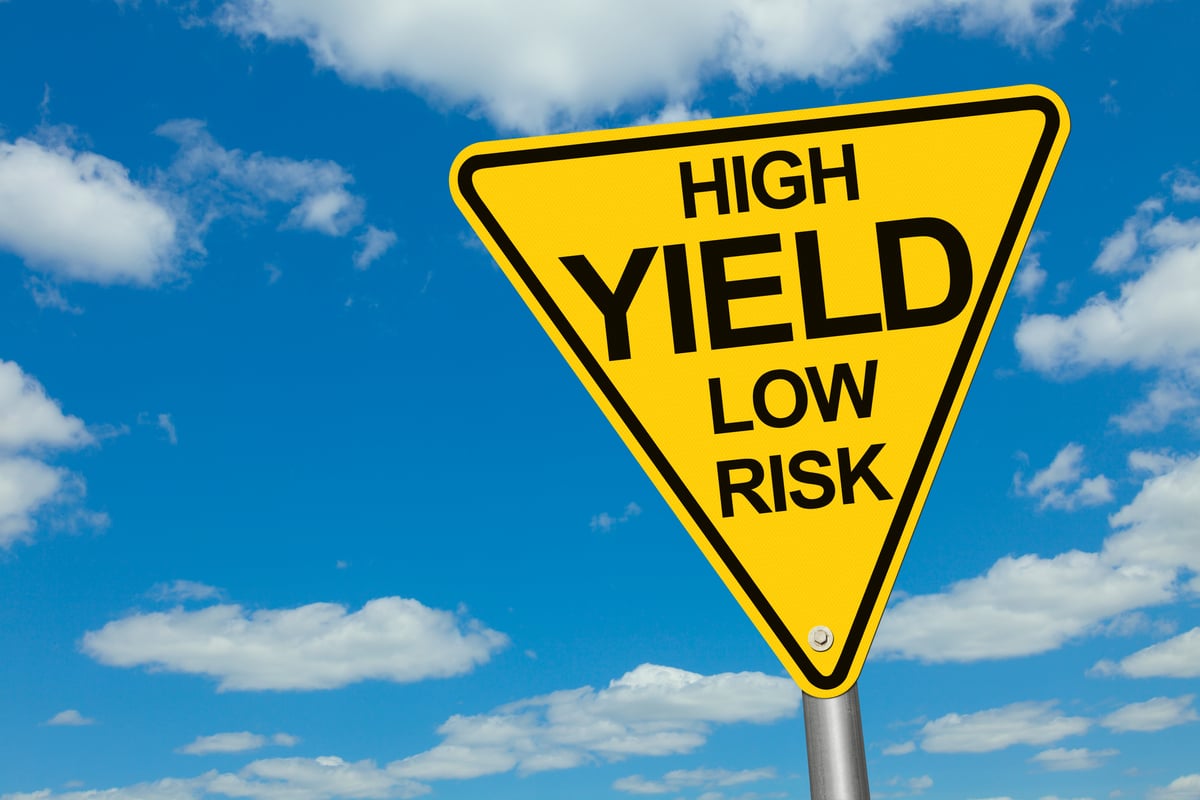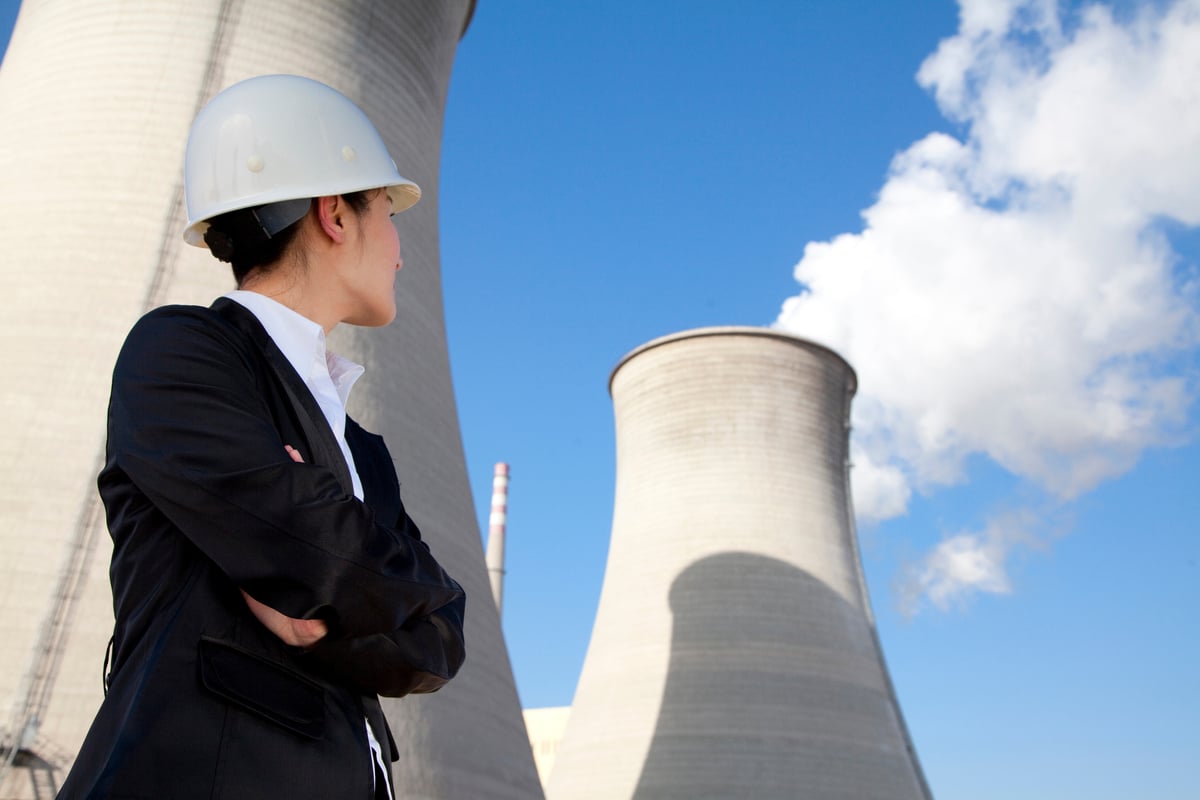
Source: Kinder Morgan.
Investing is really a numbers game, and it's a game Kinder Morgan Inc (NYSE: KMI) is winning. The energy giant is not only the largest energy midstream company in North America, but it's the third largest energy company overall. Further, the company not only pays a very generous dividend -- it's currently yielding around 5% -- but it expects to grow that payout by 10% per year through 2020.
Those are number that win over investors, but they aren't the most important numbers for investors to keep an eye on. Here are the more important numbers to watch if investors want the company to continue to win.
1. Net debt-to-EBITDA
Kinder Morgan's net debt-to-EBITDA ratio, which measures how long it would take a company to pay back its debt if both were held constant, is currently expected to by 5.6 times by year-end 2015. That is a high ratio, as anything above 5.0 makes investors nervous. Further, at the moment, the ratio is closer to 5.9 times and is now the highest leverage ratio Kinder Morgan has had in the past five years (the ratio had been as low as 4.5 times in 2011).
That being said, Kinder Morgan believes the higher leverage ratio is supported by its larger scale now that it has consolidated its MLPs and its greater business diversification. Further, its leverage ratio isn't out of line with other industry peers; its current ratio is right in line with Enbridge (NYSE: ENB), as we can see on the following slide.

Source: Williams Companies Investor Presentation.
However, Kinder Morgan's ratio is at the top end of the range of its peer group, while Williams Companies (NYSE: WMB), for example, expects to have a much lower rate as its pro forma debt-to-EBITDA ratio, assuming it is successful in following Kinder Morgan's lead in swallowing its MLP, will only be 4.4 times.
Clearly, Kinder Morgan's debt-to-EBITDA is a number investors need to watch. If it were to move well over 6.0, it could be a sign of trouble.
2. Dividend coverage ratio
When Kinder Morgan initiated its current growth plan last year as a result of its consolidation, that plan was expected to deliver 10% annual dividend growth through 2020. Further, the expectation was that it would do so with strong dividend coverage, meaning it wasn't expecting to pay out more than its cash flow each year. Instead, it expected to generate excess cash flow totaling $2 billion by 2020. At the moment, the company is on pace with its plan, as it expects to grow its dividend this year while maintaining excess cash flow of about half a billion dollars at current commodity prices. Further, it plans to maintain a dividend coverage ratio averaging about 1.1 times over the six-year period.
That said, the initial plan assumed higher oil prices, which could result in weaker coverage than expected over the long term, especially as Kinder Morgan's oil hedges wind down over the next 18 months. Further, the company's coverage ratio isn't as robust as those of some of its peers. Williams Companies expects its coverage ratio to improve from 1.1 times to 1.2 times by 2018, while Enbridge's coverage ratio is already a much more robust 2.0 times.
For these reasons, the coverage ratio is a number investors need to watch to make sure it doesn't slip below 1.0 times for more than a couple quarters, because if it does, the dividend might not grow as fast as expected, and it could even be reduced.
3. Project backlog
The final number of vital importance to Kinder Morgan investors is its project backlog. Currently, the company expects to invest $18.3 billion in projects over the next five years, as seen on the slide below.

Source: Kinder Morgan Investor Presentation.
These projects are what will drive the company's ability to deliver on its planned 10% annual dividend growth. That said, there are some potential trouble spots to keep an eye on. Topping that list is the $5.4 billion Trans Mountain Pipeline expansion project that makes up the entirety of Kinder Morgan Canada's backlog. It's facing intense opposition in Canada, which continues to delay construction, and could cause the project to be canceled. Further, the company recently hit a road block for its Palmetto Pipeline after the Georgia Department of Transportation declined its application for a Certificate of Public Convenience and Necessity, which is needed before it can begin construction.
The other item of concern, here, is that Kinder Morgan's backlog isn't quite as robust as those of its peers. Williams Companies is pursuing more than $30 billion in growth projects, which it expects to build by the end of the decade. While not all of those are firm projects, it's still a much more robust growth pipeline, especially given the fact that Williams Companies is much smaller in size. Meanwhile, Enbridge has $44 billion in potential growth projects, with $34 billion of the projects being commercially secured.
All of this to say, Kinder Morgan needs to continue to add new projects to its backlog in order to meet its growth targets. There's certainly opportunities out there, as evidenced by the growth pipelines of both Williams and Enbridge.
Investor takeaway
Investing in companies with strong numbers is one key to success. For Kinder Morgan, the most important numbers are its debt-to-EBITDA ratio, its dividend coverage ratio, and its project backlog. While the numbers are solid at the moment, all could be improved given that both Enbridge and Williams Companies currently have better numbers.








